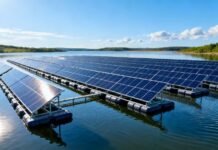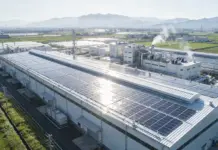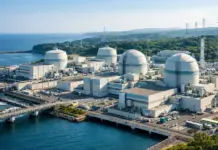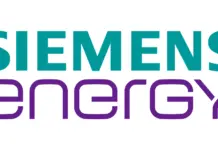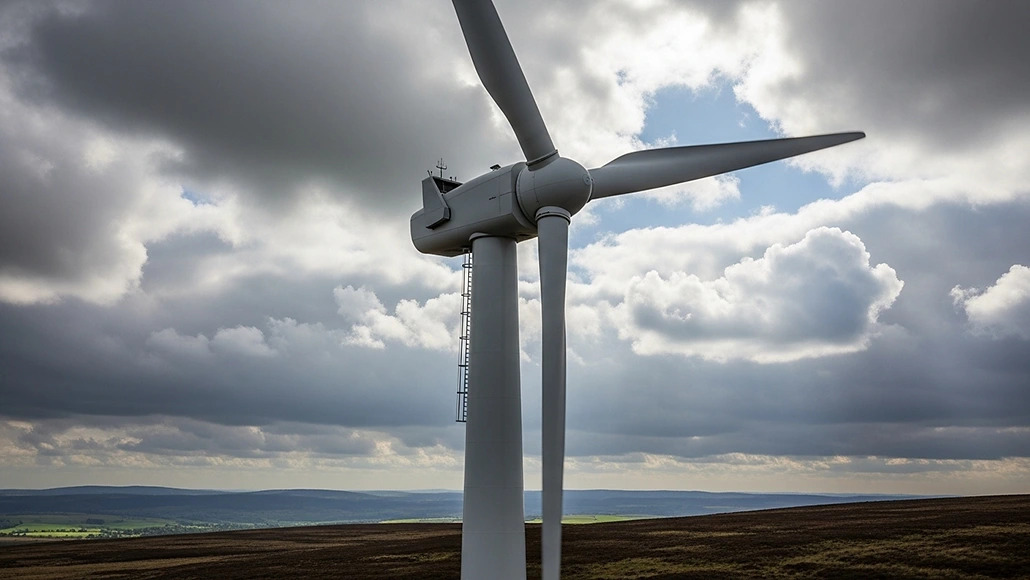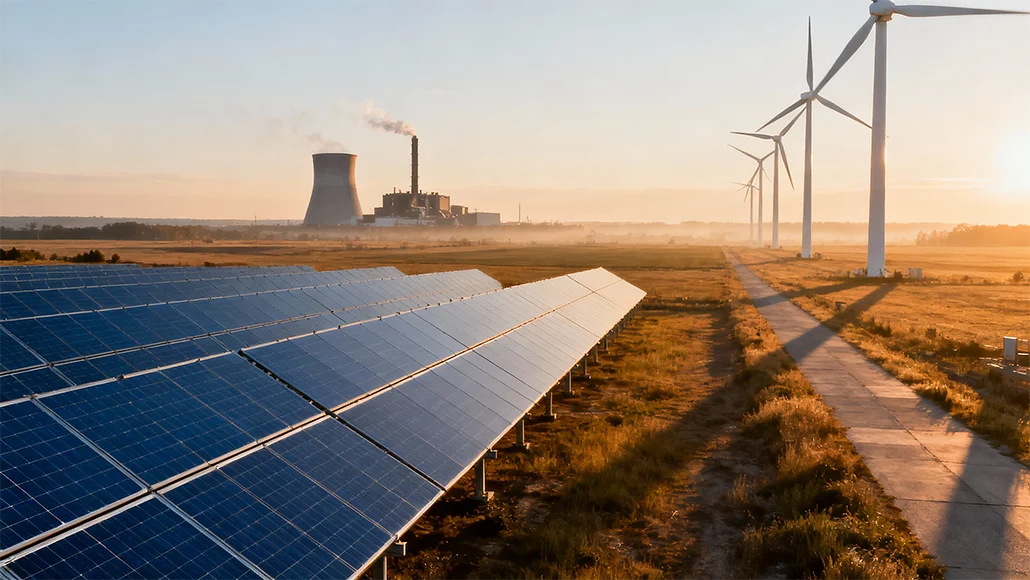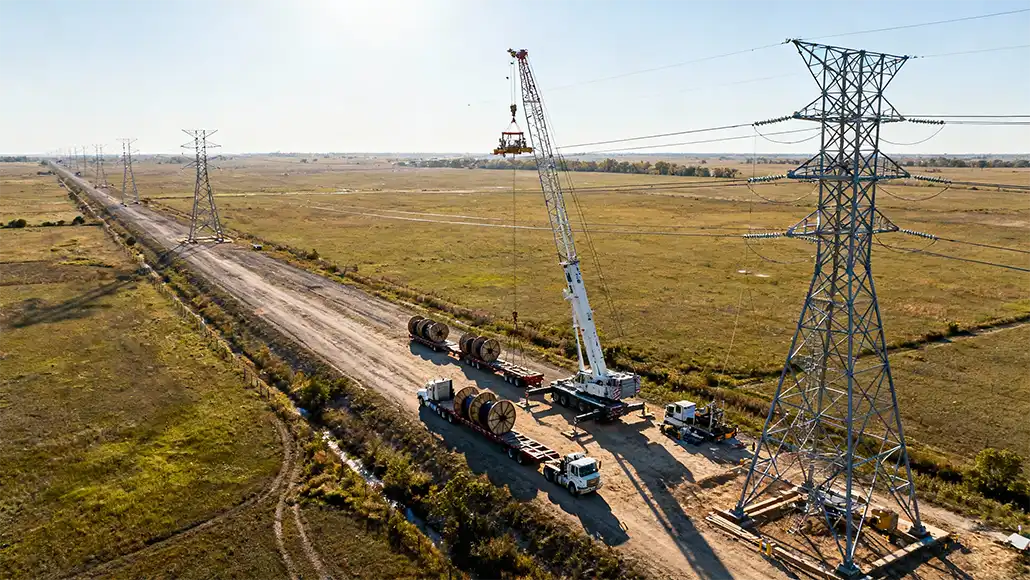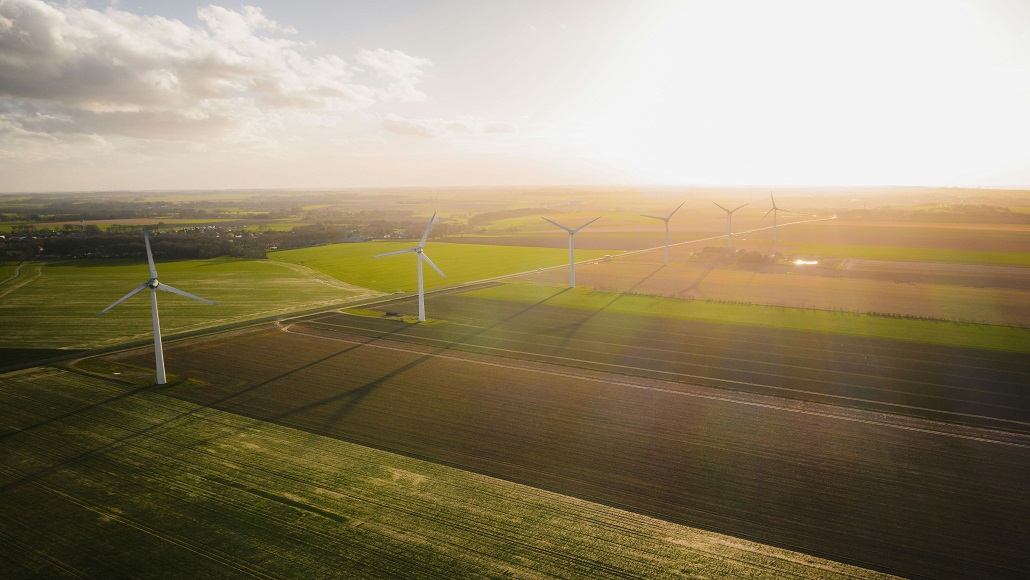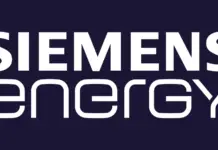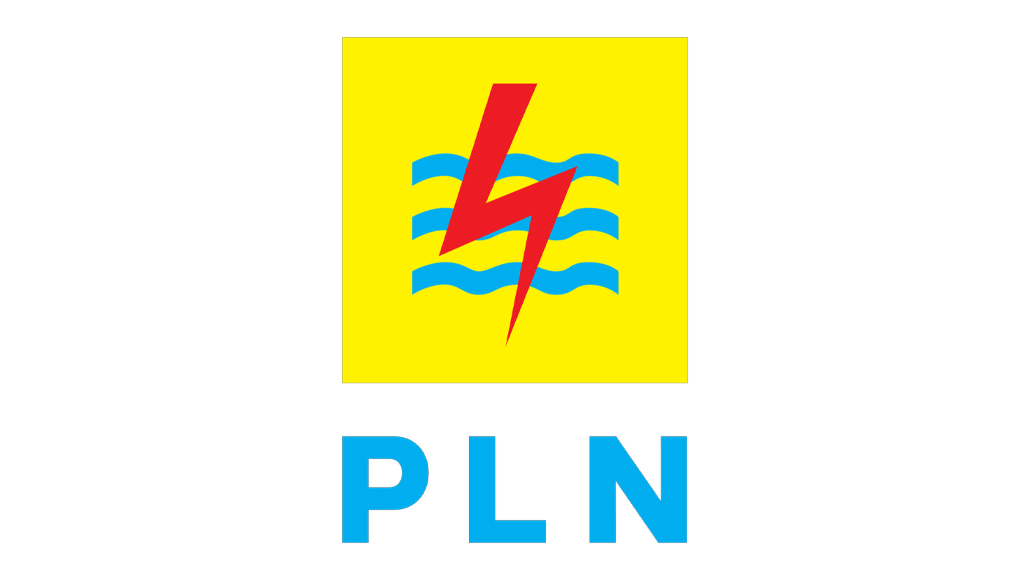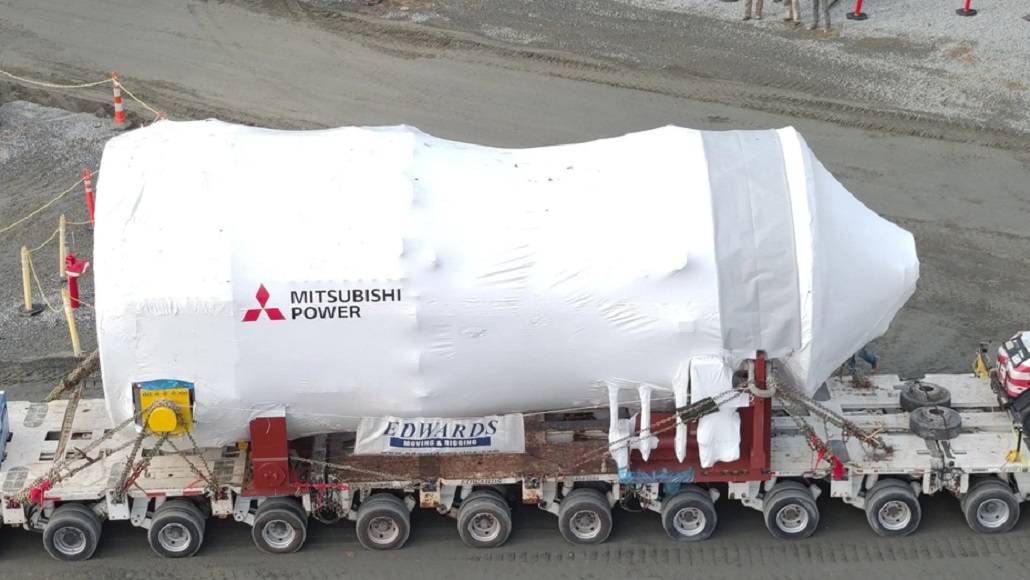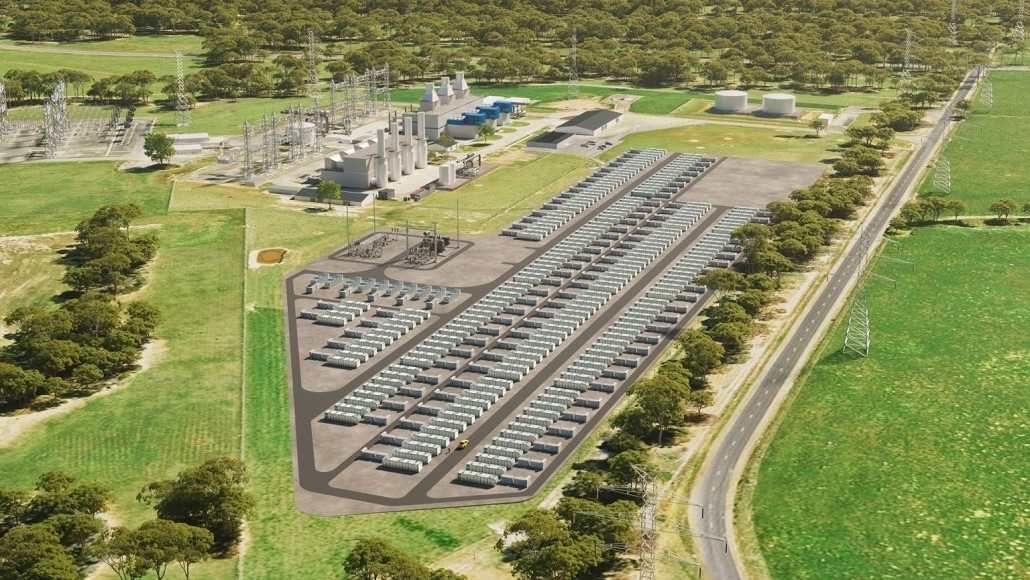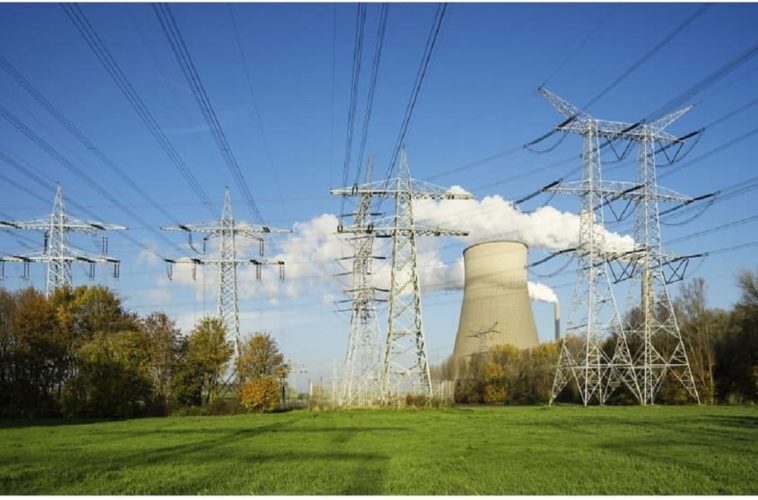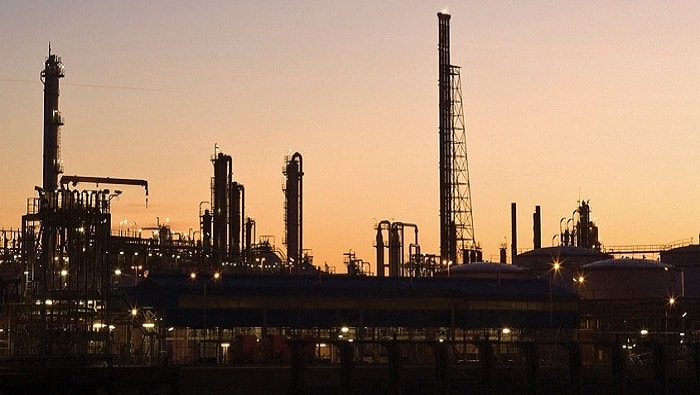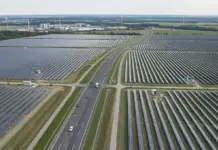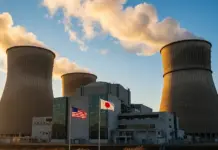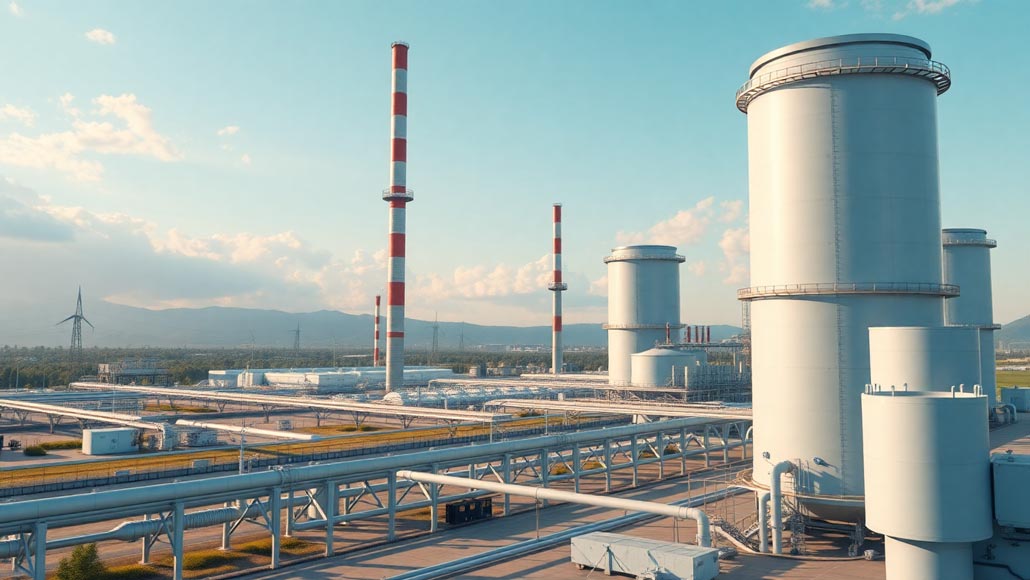Construction begins on a 30MW 100%-hydrogen turbine in Ordos, linking wind, solar, electrolysis, hydrogen storage, and green ammonia in a single closed-loop energy system.
The project aims to prove large-scale hydrogen-fired generation as a long-term renewable storage solution, despite concerns over efficiency losses.
China has begun work on the world’s largest pure-hydrogen power project. The project will integrate a 30MW hydrogen-fired turbine into a renewable energy storage and generation system in the Otoke High-Tech Industrial Development Zone, Ordos, Inner Mongolia. The world’s largest pure-hydrogen power project is developed by Mingyang Hydrogen, a subsidiary of Mingyang Smart Energy, and Shenzhen Energy.
The facility is part of the Ejingke wind-solar-hydrogen integrated green ammonia project. It combines 500MW of upstream wind capacity, a 5MW off-grid photovoltaic array, 240MW of electrolysers producing 48,000 Nm³ of hydrogen per hour (about 4.3 tonnes/hour), twelve 1,875 m³ spherical storage tanks, and a downstream plant capable of producing 150,000 tonnes of green ammonia annually.
The turbine will run on hydrogen, rather than an H2-natural gas blend, marking a first at this scale for the global power sector. In 2020, Japan’s Kawasaki Heavy Industries showcased a 100%-hydrogen turbine and in 2023, Siemens subsequently unveiled a smaller hydrogen-capable model.
The Chinese plan stands out for its integration with large-scale renewables and on-site storage. The aim is to deploy an “electricity–hydrogen–electricity” closed-loop loop. It will convert green power to hydrogen, storing it, and then using the fuel for electricity generation during periods of low renewable output, thereby stabilising supply and addressing grid intermittency.
Project backers see it as a strategic solution to the seasonal storage challenge that batteries cannot economically handle, arguing green hydrogen’s suitability for multi-day to annual balancing. Critics point to energy losses across electrolysis, storage, and combustion, warning of high costs for the resulting electricity. The first project of its type to make it to the engineering implementation phase, it will be tested for ignition, combustion stability, and long-term performance under various loads, offering essential operating data for scaling up to larger units.
The facility is also significant to Inner Mongolia’s vision to become a national hydrogen energy demonstration hub. This offers a blueprint for integrating hydrogen into renewable-heavy grids worldwide. China aims to accelerate its shift from energy consumer to clean energy technology leader by developing a green hydrogen ecosystem, spanning production, storage, generation, and ammonia conversion. This reinforces China’s goal towards its “dual carbon” neutrality and peak goals.



